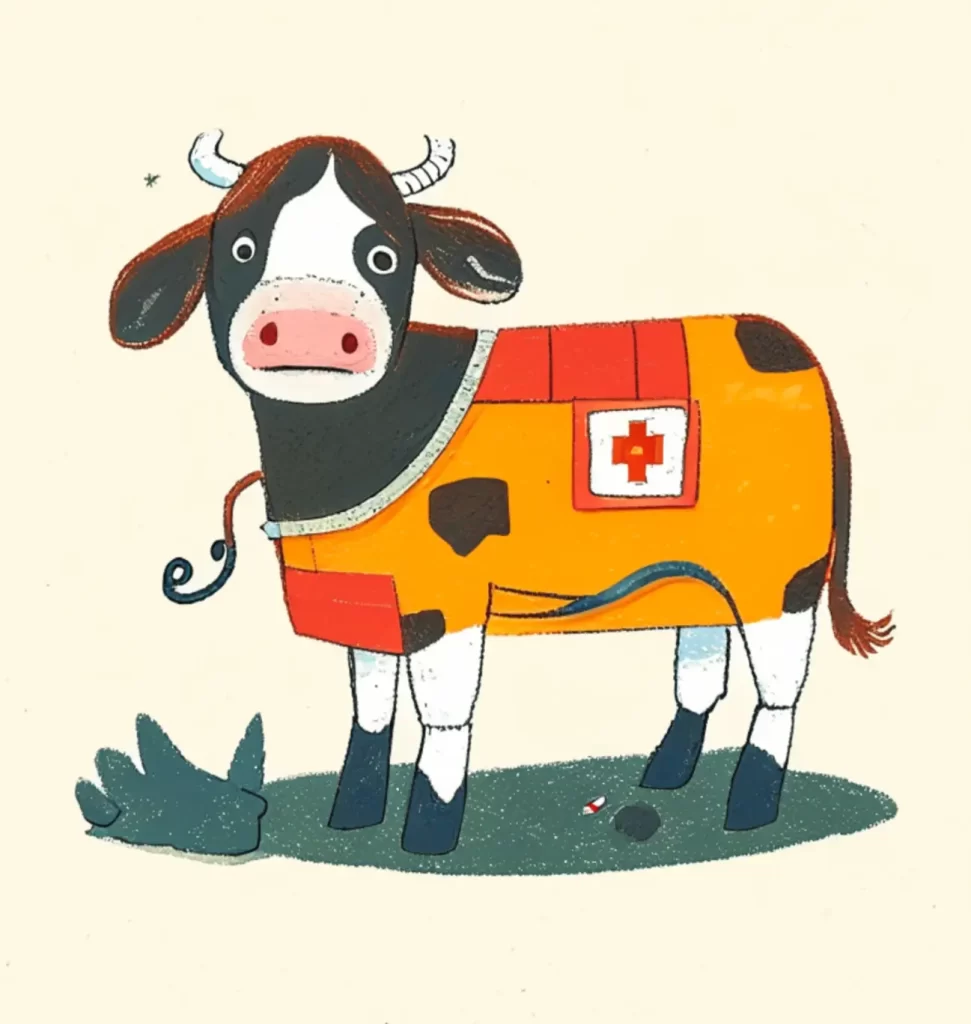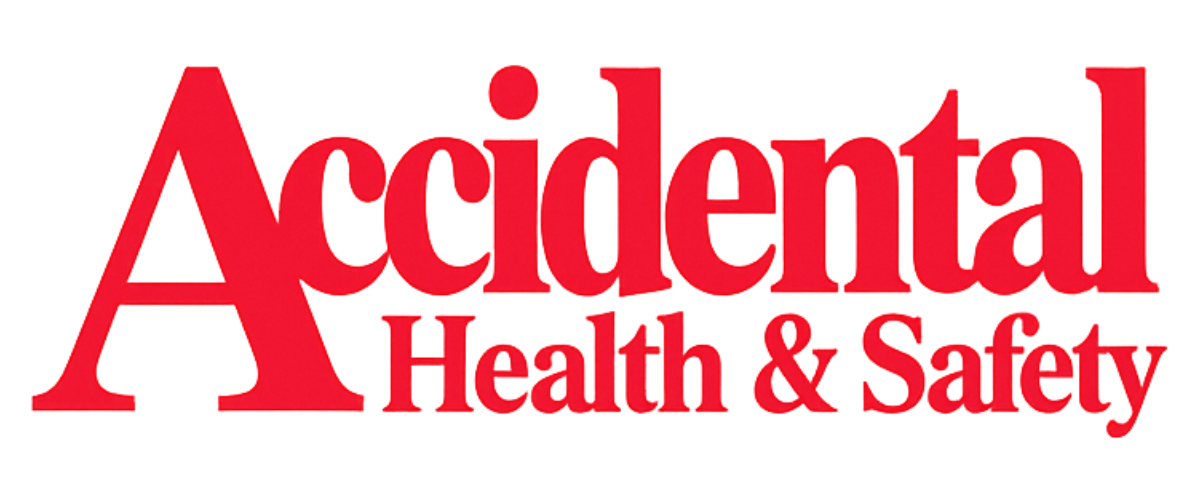Training and Assessment Delivered on Behalf of Allens Training Pty Ltd RTO 90909
First Aid Acronyms: Quick Guides for Emergency Responses
Navigating the world of first aid can sometimes feel like deciphering an alphabet soup. But fear not! First aid acronyms, though they might seem like a jumble of letters, are actually super handy tools. They serve as simple, memorable guidelines that can be crucial in emergency situations. Let’s dive into some key acronyms and understand how and when to use them.
DRSABCD: The First Aid Acronym in Serious Emergencies

The acronym DRSABCD is a comprehensive guide for responding to serious emergencies, particularly where someone is unresponsive or in cardiac arrest. It’s an action plan that covers the critical first steps to take:
Danger: Ensure the area is safe for both you and the injured person.
Response: Check if the person is responsive.
Send for Help: Call for emergency assistance.
Airway: Make sure the person’s airway is clear.
Breathing: Check for breathing and commence rescue breathing if necessary.
CPR: If there’s no breathing, start CPR.
Defibrillation: Use a defibrillator if available and required.
If you’d like to learn how to do the steps of DRSABCD check out our ultimate guide and get the basics to saving a life!
COWS: The Response Acronym

COWS is all about checking if someone’s conscious. In an emergency if someone is unconscious they might need a head tilt to stop their airways from being blocked, or they may even need CPR. Rather than any complicated test: C.O.W.S makes it easy. It goes like this:
Can You Hear Me?
Open Your Eyes.
What’s Your Name?
Squeeze My Hands.
Simple, right? But super effective. If someone is conscious they will definitely be able to do one of those. Want to know more about how to use COWS in real life? Dive into our article on Checking for Response with COWS.
RICE: First Aid for Sprains and Strains

For injuries like sprains and strains, RICE is the acronym to remember. It’s particularly useful for sports injuries or any situation involving muscle or joint injury:
Rest: Avoid using the injured area.
Ice: Apply ice to reduce swelling and pain.
Compression: Use a bandage to apply gentle pressure.
Elevation: Elevate the injured part to decrease swelling.
RID: Acronym for Managing Bleeding in First Aid

In the context of first aid, RID is an essential acronym for managing bleeding. It provides a straightforward approach to control bleeding effectively:
Rest: Have the injured person lie down to reduce blood flow to the wound.
Immobilize: Keep the injured area still.
Dress: Apply a sterile dressing to the wound to control bleeding and protect it from infection.
Acronyms Matter
Each of these acronyms serves as a quick-reference guide to help you remember the key steps in different emergency situations. They’re designed to make first aid more approachable and manageable, especially in high-pressure scenarios. Remember, knowledge of first aid can make a significant difference in an emergency, so it’s always good to be prepared. For a more in-depth understanding of these techniques and many more, don’t forget to check out our comprehensive first aid guide. Stay safe and empowered to help when it matters most!

